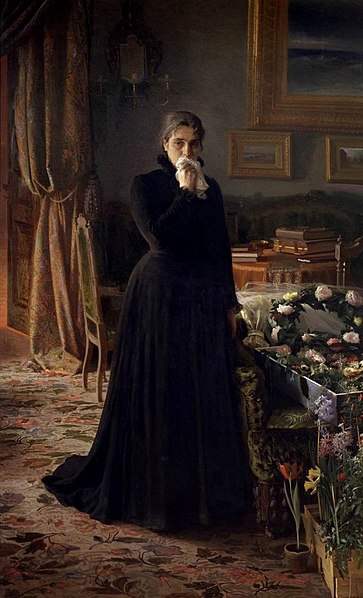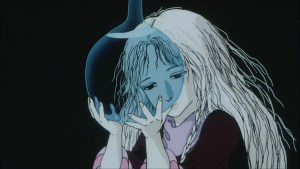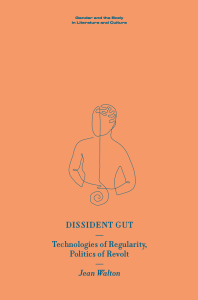Diana Novaceanu //
The ultimate goal of all art is relief from suffering and the rising above it. (Gustav Mahler)
One sunny day, towards the end of March, I suffered the loss of someone very dear to me. It had not been unexpected; I had the privilege to say good-bye in person. Everything medically possible that could be done, was done -with gentle care, diligence and respect. War was raging one thousand kilometres from where I lived, in neighbouring Ukraine – a constant stream of refugees arriving in Bucharest. Each day, they were more numerous than the last, bringing with them little else than harrowing yet victorious tales. It felt my duty to forget my grief and offer help, to numb myself to it with constant, seemingly never-ending labour. To hide it, humbled by the daily tragedies and acts of courage. I tried to do that, all the whilst my body steadily refused to let me eat, rest or even cry; and then I crashed.
Like many others, I work to live, struggling in a state of precarity that would not afford me a respite from daily worries. Yet my grief became so intense, so overwhelming, it threatened by ability to provide for myself. I realized soon enough it was accumulated grief, the grief over the loss of many other dear ones. I had thought to have prevailed it in distant times, congratulating myself on the sensible approach; it was grief for Ukraine, for my local acquaintances , artists and academics now fighting, recording testimonies in damp basements, handing out food to shellshocked children. There was pandemic grief and a pre-emptive grief for a future that, at the borders of the European Union seems now more uncertain than ever.
I tried to make a sense of it. I read vicariously though even this left me feeling feverish and physically exhausted. There had to be some clinical handbook, some methodological approach, some conference paper to guide me through my grief. After all, my field of studies- the medical and health humanities, deals with grief in countless ways. Inside this framework, grief is ever acknowledged, reverberating across our research topics: the grief of the patient, of the carer, of the physician; public and private manifestations of grief; the delicate act of approaching grief; compassion, burn-out; strategies, commemorations, new beginnings.
The scholarship on grief gave way to personal narratives; the (once) private overtook the public. In a diary entry from 1920, Kaethe Kollwitz would describe her entanglements of grief and mourning:
I want to show Death. Death swings the lash of famine – people, men, women and children, bowed low, screaming and groaning, file past him. While I drew, and wept along with the terrified children I was drawing, I really felt the burden I am bearing. I felt that I have no right to withdraw from the responsibility of being an advocate. It is my duty to voice the sufferings of men, the never-ending sufferings heaped mountain-high. This is my task, but it is not an easy one to fulfil. (Kollwitz 96)
On building a graveside memorial for her son, killed in action in 1914, the artist modelled the two grieving figures after her husband and herself. She would later write:
I stood before the woman, looked at her – my own face – and I wept and stroked her cheeks. Karl stood close behind me – I did not even realize it. I heard him whisper, Yes, yes. How close we were to one another then! (Kollwitz 122)
Grief and commemorative practices possess both a a private and public dimension; when public, it may be formal, socially approved and funded- a memorial that stands testimony not only to those it honours but to the cultures of grief it was forged in. Just as often, grief manifests itself spontaneously, illicitly, through impermanent, make-shift contraptions: handmade posters, pinned poems and flags, teddy-bears tied to fences. Such material dowries of grief pose a grave question to historians and curators tasked with their upkeep: how does one preserve their unity? How is their implicit alterity to be dealt with? Once the formal, commission approved monument is set in its place, where does the expression of community grief truly go? More often than it, such material offerings are stored away and become largely inaccessible to their makers.
Grief now holds an illusive, digital presence that doubles, if not overwhelms its material standing. Erika Doss (2002) highlights a “heightened popular commitment to shift the discourse on death from medicine to culture, and distinctive efforts to make death meaningful—memorable—on personal and public level” (“Death, art and memory” 80). Although pertaining to the American landscape of grief, her assessment suits the global digital paradigm. Beyond ever-evolving online commemoration practices, beyond social media shrines and support groups, grief is becoming intertwined to the bio-digital, cyborg and post-human.
In the essay “Politics and Aesthetics of Databases and Forensics” Adla Isanović (2019) proposes that the biomedical database may be assessed as “one of the dominant means of knowledge production and circulation and one of the widespread methods of cultural expression.” (29) Databases are both visible and invisible and have become “a dominant genre in (new) media art” (29). The 2015 exhibit “Forensics: The Anatomy of Crime” (2015) featured the work of Bosnian artist Šejla Kamerić, “Ab uno disce omnes” (“From One Learn All”). Commissioned by the Wellcome Collection, it featured an interactive, multimedia gallery installation and an online database that contained textual, pictorial and video reports of the Bosnian war and post-war forensic efforts, with the audience being invited to add suitable material.
Inside the gallery space, a makeshift mortuary contained database files which were “constantly reshuffled” (38) thus changing, up to a point, the set narrative, with new permutations of biomedical material and testimonials being highlighted. Isanović concludes that such algorithm-controlled tools have come to “define what is speakable and executable today.” (39) With over thirty-three thousand collected clips, the artist describes viewing the work as “a never-ending process” (Kamerić “Interview”). Databases provide a much-needed “new way to perceive (…) information” that may surpass their statistical function and illicit empathy (Kamerić “Interview”). Grief is connected not only to a person’s memory or remains; it envelops biometric data that comes to portray an alternate, in not most accurate portrait.
Grief has become post-medial. It is therefore needed of the medical humanities to probe into its material and digital layers with necessary deference; to bring together art, technology, media and environment studies as fundamental bindings of a framework that critically assesses grief not only related to its bearer but it’s physical and digital habitat. For her project Mother’s (2000-2005), Miyako Ishiuchi took dreamlike pictures of mundane personal belongings. Later on, the artist reflects:
By exhibiting my Mother’s series in Venice, my mother moved on. She left me behind, and she became art; she stopped being my private mother and became everyone’s mother. I saw so many women in the exhibition hall crying at my photographs, and that’s when I realized that she wasn’t mine anymore. She belonged to everyone. (“On Hiroshima…”)
Making my grief public, I release it to a compassionate network of collaborators and readers and give its own standing, aside and not opposed to my critical work.
Dedicated to Ilyich.
Header Image: Ivan Kramskoi, Inconsolable Krief, 1884 . Wikimedia Commons (https://commons.wikimedia.org/wiki/File:Inconsolable_grief.jpg)
Works cited:
Itoi, Kay. 2006. “A Daughter’s Conversation.” The Japan Times, Tokio, October 5.
O’Brian, J. 2012. “On Hiroshima: Photographer Ishiuchi Miyako and John O’Brian in Conversation.” The Asia-Pacific Journal 10
Doss , Erika. 2002. Death, art and memory in the public sphere: the visual and material culture of grief in contemporary America, America, Mortality: Promoting the interdisciplinary study of death and dying, 7:1
Kollwitz, H. (ed) The Diary and Letters of Kaethe Kollwitz. (translated by Richard and Clara Winston). Evanston, IL: Northwestern University Press, 1988



